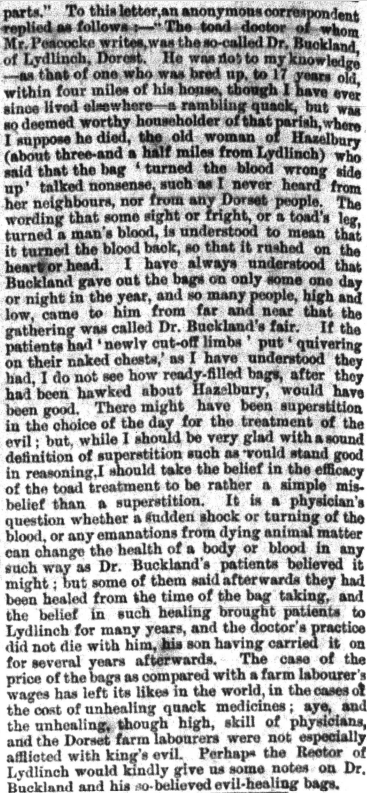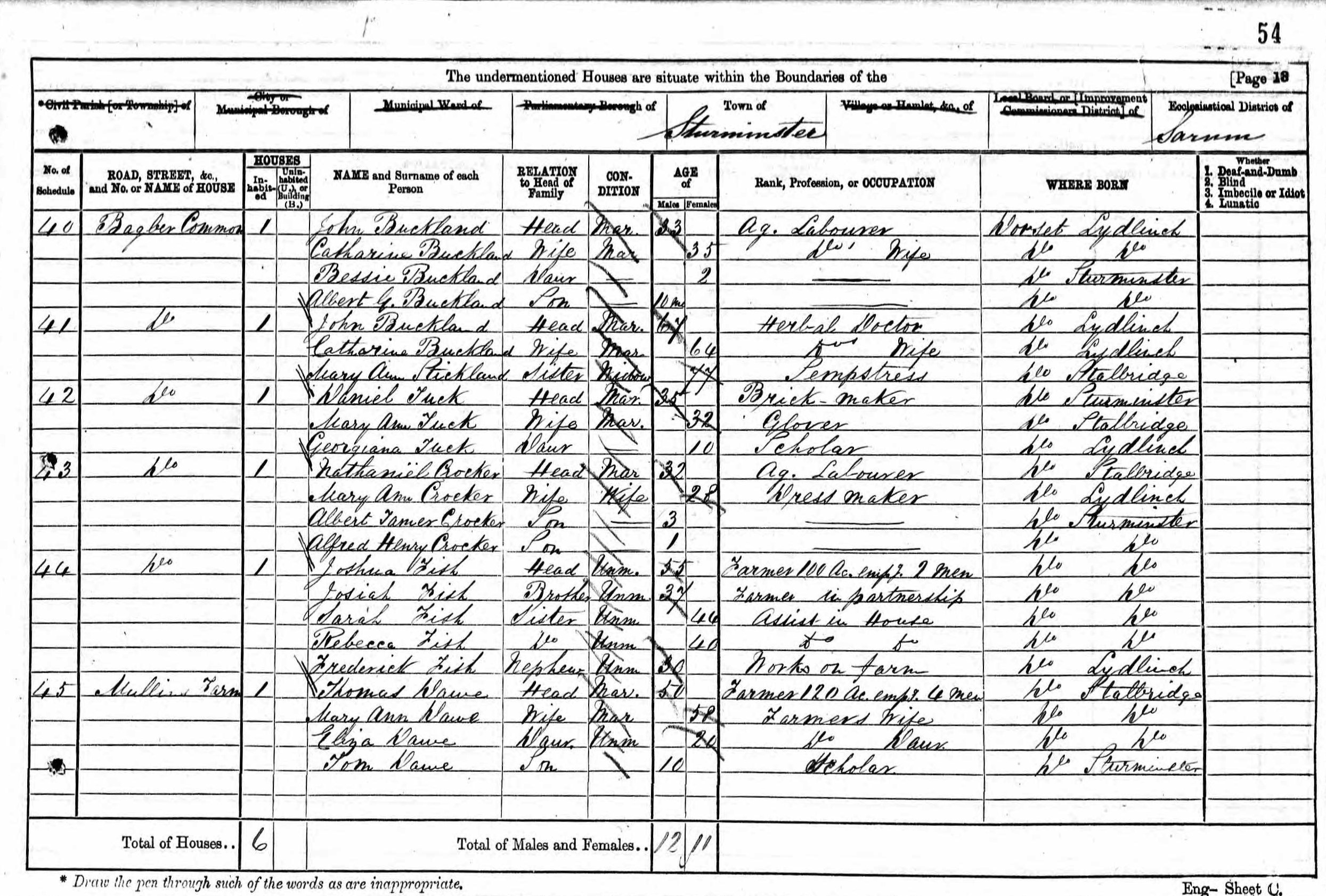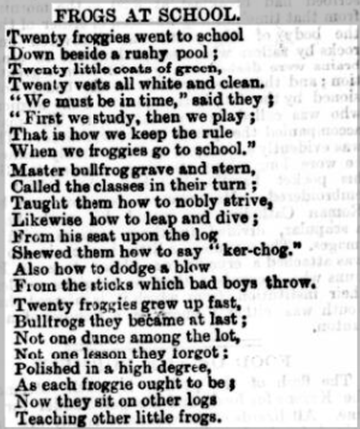Welcome to our latest blog, The Frog Blog, where we are celebrating all things relating to our amphibian friends in Dorset!
The idea for this blog actually began with the discovery of a ‘Toad Fair’ that was held in Lydlinch in the mid-19th century, but ‘The Toad Blog’ didn’t have quite the same ring to it.
In volume 23 of the Somerset & Dorset Notes & Queries, published in 1942, F. C. Cross described how “In Lydlinch about 100 years ago lived a man known as ‘Dr.’ Buckland, renowned locally for his cure of The King’s Evil. The treatment was only carried out in the spring, and consisted of tearing a leg off a living toad and hanging it still quivering, round the patient’s neck. This was said to ‘turn his blood’ and cure him.”
The fair was described in detail in an article in the Poole and Dorset Herald on 23rd September 1875. An anonymous writer, in response to a question about whether ‘toad doctors’ were still to be found in deepest Dorset, described Dr Buckland, whom he assures readers was not a “rambling quack”, but “a worthy householder of [the] parish”, whose fairs attracted people from far and wide.

A similar description of the ‘Toad Fair’ appears in The Life of William Barnes by Mrs Baxter, published in 1887, where it is said that a quack who lived at Lydlinch professed to cure the king’s evil by means of a toad sewn up in a small bag and worn around the neck (although it was only considered beneficial in the beginning of May during a certain phase of the moon).
A bit of research revealed that there was indeed a Dr Buckland living in Lydlinch in the mid-19th century. He was a local man, described as a ‘surgeon’ on the 1841 census, although by 1861 ‘unqualified’ had been added to this description, and by 1871 it was revised to ‘herbal doctor’.

Dr Buckland certainly wasn’t the first person to profess the medicinal and magical properties of toads. For centuries, toads have been associated with witchcraft and sorcery, and their use as medicine has been documented in various cultures around the world. As far back as the first century A.D., Pliny described how the bone of the ‘bramble frog’,
“attached to the patient in a piece of fresh lambskin, has the repute of assuaging quartan [malaria] and other fevers, and of checking amorous propensities”.
Similarly, Roman physician, Pedanius Dioscorides, prescribed cooked frogs “in salt and oil as an antidote for the poison of serpents.”
A quick look at John Udal’s Dorsetshire Folklore, first published in 1922, reveals that there were many popular beliefs about the powers – both good and bad – of toads held by the people of Dorset as well. For example:
“Whenever you see a toad you should always spit or throw a stone at it, in order to ward off any evil effects which the sight of it might otherwise cause. The idea here of spitting as a preventative of ill may have something to do with the power the toad is said to possess of spitting its “swelter’d venom” at those who happen to annoy it.”
Dorset is also blessed with some toad-and-frog-related place names, suggesting that toads weren’t in short supply in the county, despite Dr Buckland’s propensity to tear their legs off! The following examples are detailed in A.D. Mills’ Dorset Place-Names:
- Tadden (in Pamphill) – probably to be identified with Tadhavene 1327 and Taddehauene 1332, which means ‘haven or place of shelter for toads’, from Old English tāde and haefen. The name was perhaps originally intended to be jocular or slightly contemptuous!
- Tadnoll Dairy and Mill (in Chaldon Herring) – Tadenhole 1281, Tadenoll 1394, Tadynollesmyll 1463, Tadnoll Mill The meaning of this name is not certain, but it is probably ‘toad-infested hollow’, from Old English tāde and hol.
- Frogmore Dairy House (in Toller Porcorum) – Froggemore 1268, Frogmore ‘Moor or marshy ground frequented by frogs’, from Old English frogga and mor.
Finally, to finish off this amphibious exploration of Dorset, here is a lovely little poem from an 1885 edition of the Blandford Weekly News, which provides us with an insight into how the frogs of Dorset were educated all those years ago:


